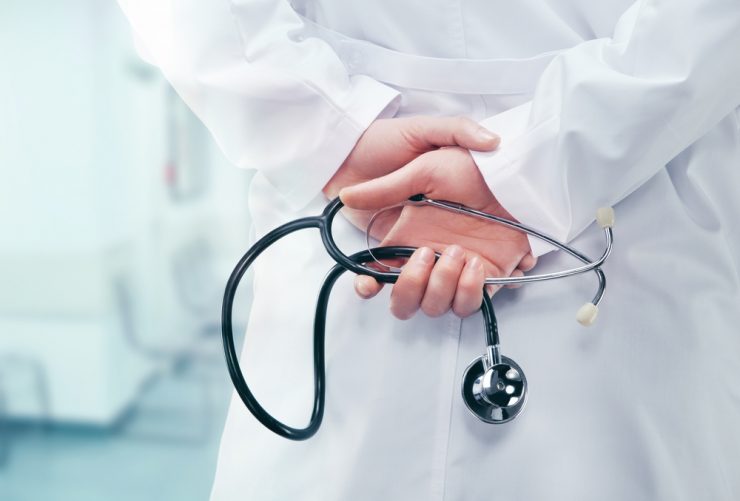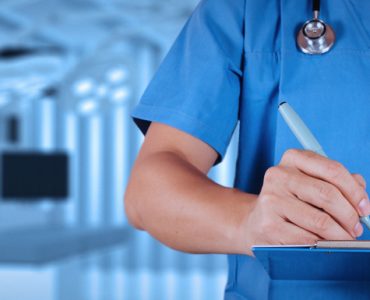The medical condition which results in the gall bladder getting inflamed is known as acute cholecystitis.
The gall bladder and the liver are connected together. The bile that is produced by the liver is stored in the gall bladder. This is released into the small intestine which helps in the digestion of fats.
The major causes of acute cholecystitis are due to biliary sludge, which is formed by the mixing up of bile and any other substances, or due to gallstones. The opening of the gall bladder traps these things.
Symptoms of acute cholecystitis
The major symptom that can be observed in people suffering form acute cholecystitis is a constant, severe and sudden pain which will be experienced on the right side of the upper part of the body.
The other symptoms of acute cholecystitis are the ones given below. It can be one from the symptoms given or in certain cases more than one symptom may also be observed.
- A very mild rise in temperature.
- Anorexia
- Sweating
- Nausea
- Vomitting
- Tenderness on the right side of the upper part of the body.
Causes of acute cholecystitis
The usually found acute cholecystitis in people is caused due to the trapping up of biliary sludge or the gall stones in the gall bladder opening.
Many factors contribute to the development of gall stones. Some of the triggers of the formation of gall stones are:
- Obesity
- Pregnancy
- Rapid loss of weight
- Diabetes
- Increase in age
- Crohn’s disease
- Hyperlipidaemia
If there is the history of gall stones in the family of the sufferer’s mother.
Diagnosis of acute cholecystitis
The doctor will examine the tenderness of the gall bladder if the patient is suspected to have acute cholecystitis.
The doctor will also ask the patient suffering from acute cholecystitis if there is any history of gall stones.
For the confirmation of the acute cholecystitis the person will be asked to undergo ultrasound scanning as well as blood tests.
If acute cholecystitis is very severe, the patient will be admitted to the hospital for further confirmation of the condition, the monitoring as well as for the treatment of acute cholecystitis.
Treatment for acute cholecystitis
The treatment for acute cholecystitis is normally done in a hospital once the confirmation of the diagnosis of the acute cholecystitis is obtained.
The treatment normally includes the following:
administration of intravenous fluids through a very fine tube connected to the veins via a thin needle.
administration of oral antibiotics or intravenous antibiotics
administration of oral analgesics or intravenous analgesics to relieve the pain felt on the right hand side of the upper part of the body.
Complications form acute cholecystitis
Various types of complications may develop in a person if he or she is not given any treatment for acute cholecystitis. Some of the complications are:
Biliary peritonitis
pericholecystic abscess
The perforation in the gall bladder
fistual which will develop between the duodenum and gall bladder.










